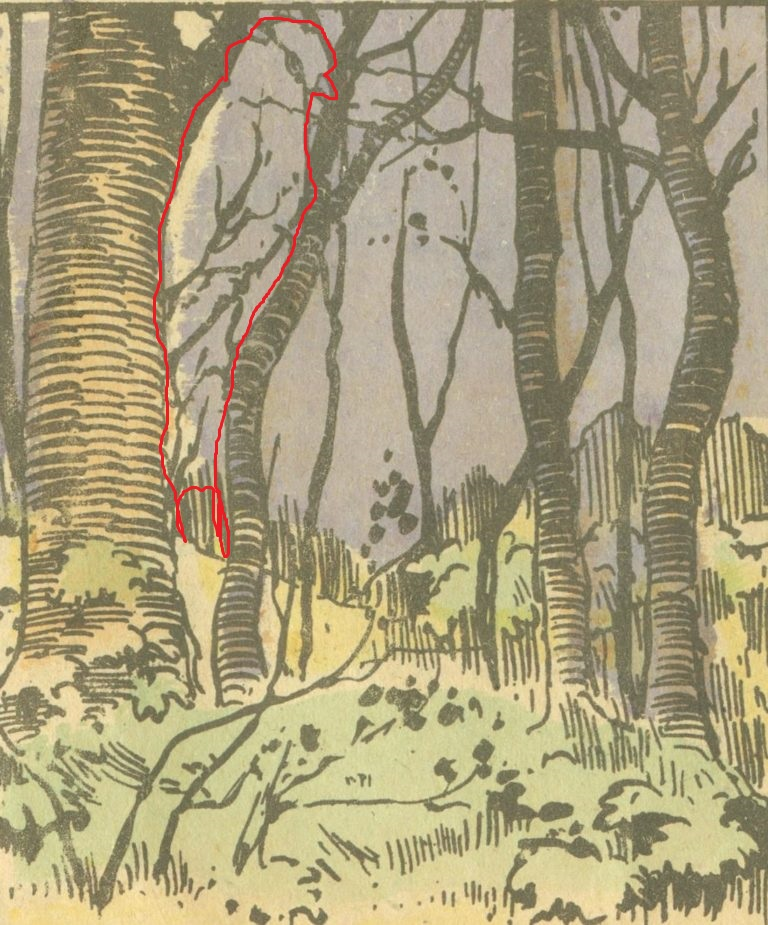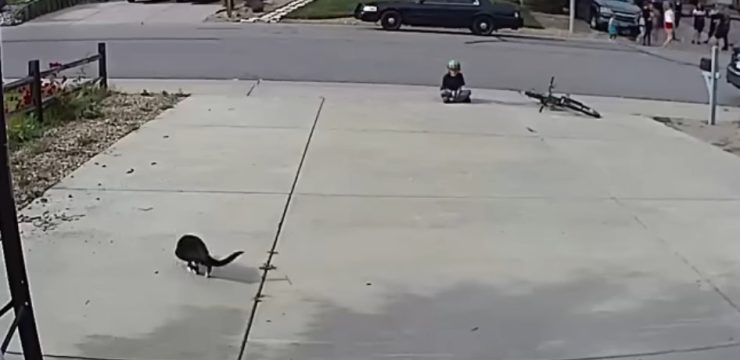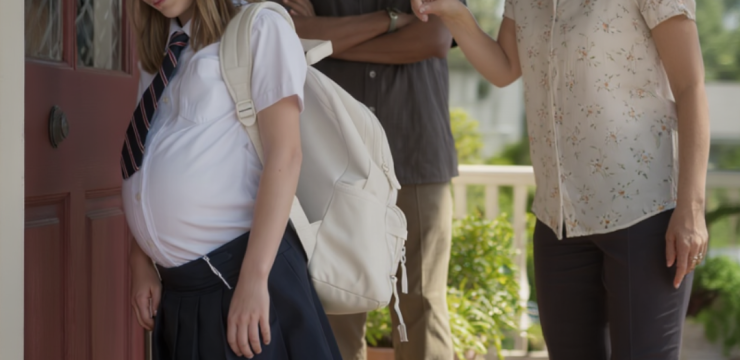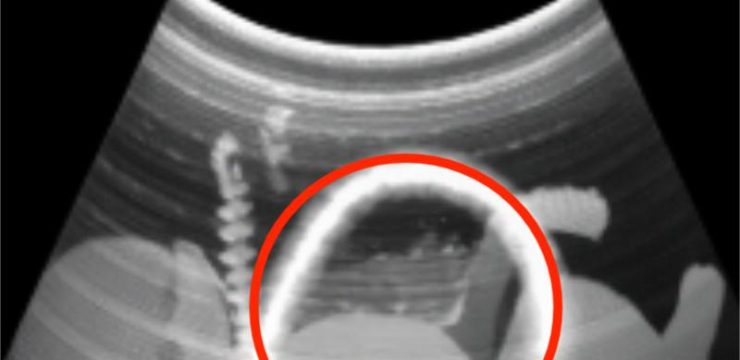Have you ever noticed how two people can look at the same thing and see something completely different? That’s not about who has better eyesight — it’s about how we see. Our brains interpret images in unique ways, and that’s where the concept of visual perception comes in. This fascinating skill helps us understand and interact with the world, and it can reveal just how differently our minds process what’s right in front of us.

So what exactly is visual perception? In simple terms, it’s the brain’s ability to take in and interpret light that reflects off objects. It’s how we make sense of the shapes, patterns, and movements around us — not just by seeing them, but by understanding what we’re seeing. While two people may have 20/20 vision, one might spot something that the other completely misses. It’s not about the eyes; it’s about the mind.
Think about this: your sibling might nudge you and say, “Look! There’s a face in that cloud!” You glance up, squinting, trying to see what they see. But no matter how long you stare, you just don’t see it. Sound familiar? That’s the perfect example of how perception differs from person to person. It’s not that the cloud isn’t shaped like a face — it’s that your brain isn’t interpreting it that way.
Let’s put your visual perception to the test. Below is a drawing that seems, at first glance, like a simple forest scene. Nothing unusual, right? Just some trees, maybe a path — pretty empty, it seems. But here’s the twist: that forest isn’t actually empty. Hidden among the trees are animals, camouflaged within the artwork in clever ways. The question is, how many can you find?
At first, your brain might register the image as just a peaceful, quiet forest. But as you look closer, you might start to notice outlines — maybe the curve of a deer’s back hidden in a tree trunk or the silhouette of an owl formed by overlapping branches. This kind of image is a great way to exercise your brain’s pattern recognition and visual imagination.
It’s not a test of how sharp your vision is, but how creatively your brain interprets subtle visual cues. Some people might immediately point out five or six animals, while others might only see one or two at first. That doesn’t mean anyone is right or wrong — it just highlights the variety in how we perceive our surroundings.
This challenge also taps into a concept called pareidolia — our tendency to see familiar patterns, especially faces or animals, in random images or textures. It’s the same reason we might see a bunny in a cloud or a face on the surface of the moon. Some brains are simply more tuned in to pick up these patterns than others.
So, how many animals did you spot in the picture? If you gave it your best and still couldn’t find more than a couple, don’t worry — you’re not alone. Sometimes, stepping away and looking at the image again later can reveal what you missed before. Or maybe a friend might point one out and suddenly a whole new world pops into focus.
Visual perception is one of those quiet abilities that most of us don’t think about, but it plays a huge role in how we experience life. It can influence everything from how we enjoy art to how we solve problems or even navigate the world. It’s what allows us to recognize a familiar face in a crowd or pick out a figure in the dark.
Answer:

So next time you look at a picture, don’t just take it at face value. Pause. Look deeper. What might your eyes — or more importantly, your mind — be missing?
And remember, seeing isn’t always believing. Sometimes, believing is what helps you see.





